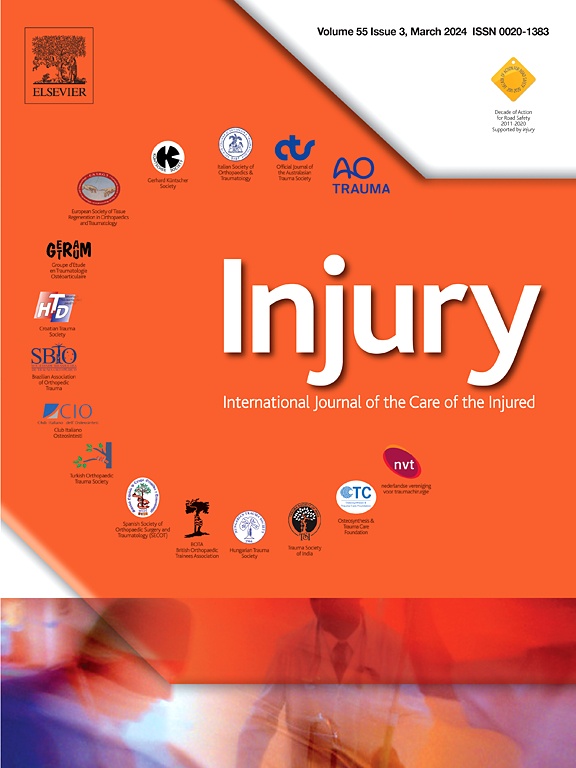
Displaced proximal humerus fracture: Joint-preserving techniques vs. Arthroplasty

Displaced proximal humerus fracture: Joint-preserving techniques vs. Arthroplasty
Meta-analysis of joint preservation versus arthroplasty for the treatment of displaced 3- and 4-part fractures of the proximal humerus
Injury. 2013 Nov;44(11):1532-9Did you know you're eligible to earn 0.5 CME credits for reading this report? Click Here
OE EXCLUSIVE
Dr. Gomberawalla discusses joint-preserving techniques vs. arthroplasty for displaced proximal humerus fracture.
Synopsis
Data from 12 studies (4 RCTs; 8 cohort studies), spanning 610 patients was analyzed in order to compare joint-preserving techniques and arthroplasty in the treatment of 3- and 4-part proximal humerus fractures. The evidence presented in this meta-analysis/systemic review indicated that joint-preserving treatments demonstrated higher Constant scores than arthroplasty. It is important to note that t...
To view the full content, login to your account,
or start your 30-day FREE Trial today.
FREE TRIAL
LOGIN
Forgot Password?
Explore some of our unlocked ACE Reports below!

Learn about our AI Driven
High Impact Search Feature
Our AI driven High Impact metric calculates the impact an article will have by considering both the publishing journal and the content of the article itself. Built using the latest advances in natural language processing, OE High Impact predicts an article’s future number of citations better than impact factor alone.
Continue



 LOGIN
LOGIN

Join the Conversation
Please Login or Join to leave comments.